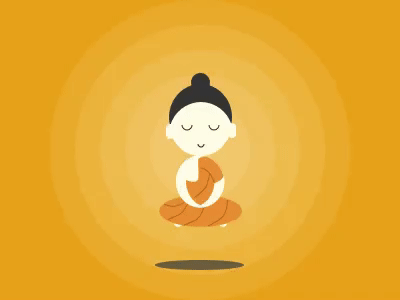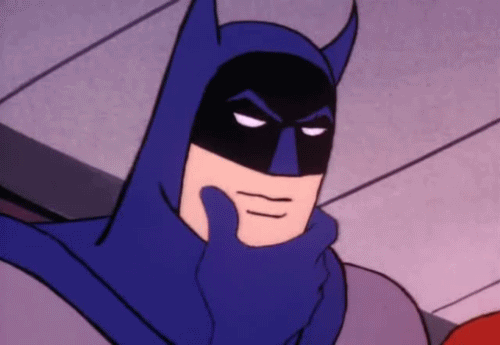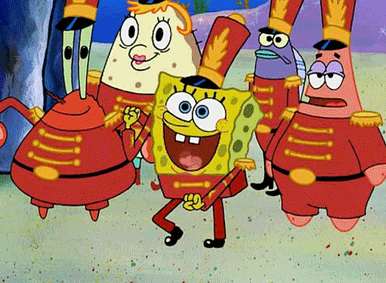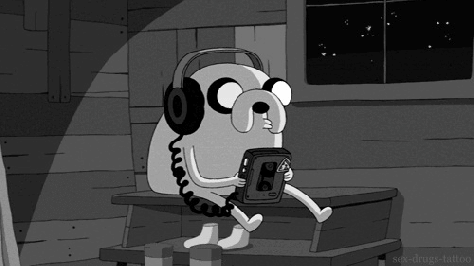Teaching Methods for Multiple Intelligence Learning
“The mind is everything – what you think, you become.” This has been a very famous line once said by Buddha that inspires people in different professions.
Accordingly, the mind is responsible on the actions we take and how positively we think of ourselves. Yet, imagine students receiving teaching methods that are not in line with their interests and learning capabilities?
Students may grow up believing that they are not qualified for any profession that pertains to Mathematics, Science, or English, when in fact, what they need is just a different approach.
With that said, the introduction of multiple intelligence theory subsequently declares that each student possess different intelligences of their own.

The Multiple Intelligence Theory poses nine (9) intelligences that all of us possess. Out of these nine (9), each person only contains two to three (2-3) dominant intelligences that he makes use of in his everyday life.
All of which weaken and strengthen depending on how the person maximizes his unique sets of intelligences.
Originally, there were only seven intelligences, which became eight, and eventually nine. The most recent addition being:
Existential Intelligence, where the students are interested on deep questions about human existence. Usually, they initiate talks about the meaning and purpose in life, the reasons of dying, life after death, and how life begins in the world.

Does Multiple Intelligence Learning help your child?
As teachers begin to understand the different intelligences of their students, they also begin to acknowledge the students’ different learning styles. These learning styles are the sets of condition by which a student can most effectively learn. Meaning, these are the students’ preferences and ideal styles of processing, absorbing, and retaining information.
How does multiple intelligence affect learning? Multiple intelligence, in this case, affects learning by introducing different modalities in which students can learn effectively.
Schools were then forced and encouraged to move out of the conventional logical-quantitative and linguistic-centered approach. Educators are also challenged to create a strategy that will cater all the diverse intelligences present inside the classroom.

Hence, to apply this theory, experts now recommend teachers to use multimedia. The multimedia contain specific modes that are widely used today in the educational system. The prime reason for this is that multimedia caters all intelligences through its creativity as well as flexibility.
To let you understand better, below are just a few of the multimedia modes and its suitable intelligence:
Visuals: This type of media allows student to learn spatial relationships and object identification through clear presentation of objects. This is commonly effective to visual-spatial learners.
Printed words: Printed words can also be an advantage to all type of learners. This is primarily because printed words media set forth in the dispensing of information to students.
Sound: The sound media is also one of the commonly used type today. It serves as a tool in providing audio narration for students who struggle with reading. Since musical learners are fond of creating rhythm while studying, this type of media can help them learn best.

Motion or Performance: This type of media depicts human performances may it be dancing or theatrical performances. This is mainly helpful in allowing bodily-kinesthetic learners to copy the movement and apply it in their own work as well.
Instructional Setting: In using this type of media, students are told of the instructions as well as the materials to be used. After which, they can now immerse to the environment and community, and make use of the given instruction in their own pace and uniqueness.
Reading ability: This is mostly applicable for students who prefer reading materials. They can just choose their own pace and set their own time in going through the provided reading materials.

Conclusion
The development of various teaching strategies is an effect of the introduction of multiple intelligence theory. Educators are being pushed in creating not just one but several approaches to cater differences of the students. At the same time, students also strive to be more creative in how they present their learnings.
The bottomline: in the horizon of education, we always have to ensure not to settle for less. Instead, we should always go beyond the tools and techniques that we currently have. The theory will keep on growing in the time to come, and this only means that we should always put the growth of each student on top of our priorities.
Enjoyed this article? Your child can experience Multiple Intelligence Learning too! Click on the button to give them the best kind of education!

